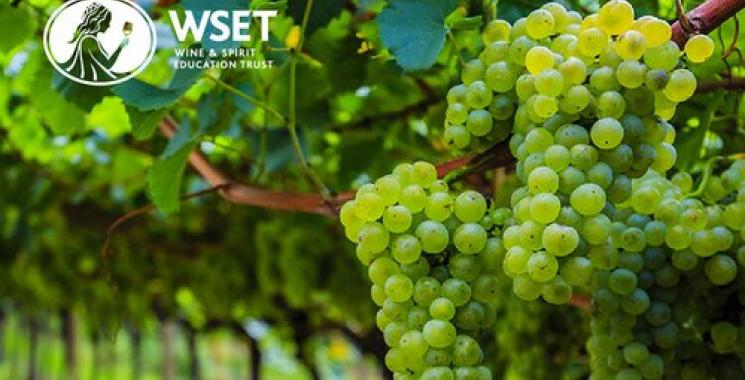2020 Managing phenolics and texture Session 3 Video
3: Chemical, physical and cognitive effects influencing wine mouthfeel
| Professor Jason StokesUniversity of Queensland SummaryInsight into the role of physics, chemistry and saliva in determining the mouthfeel of foods and beverages. Jason Stokes is a Professor in the School of Chemical Engineering and Deputy Associate Dean of Research (Research Training) for the Faculty of Engineering, Architecture and IT at the University of Queensland (UQ). His qualifications include a Bachelor of Engineering (Chemical) and PhD from The University of Melbourne, Australia. He spent 10 years (1999 – 2008) as a research scientist at Unilever’s corporate research laboratory in the United Kingdom and joined UQ in October 2008. He has over 120 academic publications with over 5000 citations. |
 | Damian Espinase NandorfyAWRI SummaryDissecting wine ‘textures’ into specific sensory properties and considering cross-modal interactions are critical for producing complex, balanced, textural wines. Sensory Scientist Damian Espinase Nandorfy is part of the Sensory and Flavour Research group at the Australian Wine Research Institute in Adelaide, South Australia. Damian has over fifteen years’ experience selling, making, researching, and enjoying wine! Originally from Canada, Damian holds an honours science degree in Viticulture & Oenology from Brock University, a post-graduate certificate in Sensory & Consumer Science from UC Davis and is currently undertaking a PhD at Deakin University on understanding the perceptual interactions of wine flavour compounds. Damian’s research focuses on linking ‘key’ food and beverage compounds with sensory properties. His research outcomes allow for practical optimisation of product ‘flavour’ and contribute to the fundamental understanding of sensory processing with particular attention to olfaction. |
 | Dr. Richard GawelAustralian Wine Research Institute SummaryAn understanding of the impacts of phenolics, alcohol, polysaccharides and dissolved CO2 on the perception of white wine astringency, viscosity, hotness and bitterness.
|
 | Associate Professor Sue BastianUniversity of Adelaide, School of Agriculture, Food, & Wine SummaryAnthocyanins and other flavanols linked to SO2 seem to contribute to orosensory properties of red wines more than previously thought. Probably driven by other mechanisms different from tannin-protein interaction
|













